The fourth annual Monarch Butterfly and Pollinator Festival takes flight in San Antonio October 12 – 20, a weeklong celebration of science, citizen science, art, and education.
The event unfolds at multiple venues, and includes four educational workshops, two movie screenings, two public forums, an art opening–even an edible insect lunch. The Festival closes on Sunday, October 20, at the Pearl with a People for Pollinators Parade, monarch tagging demos, an outdoors mix of educational activities, and the debut of San Antonio’s first commissioned Waggle Dance.
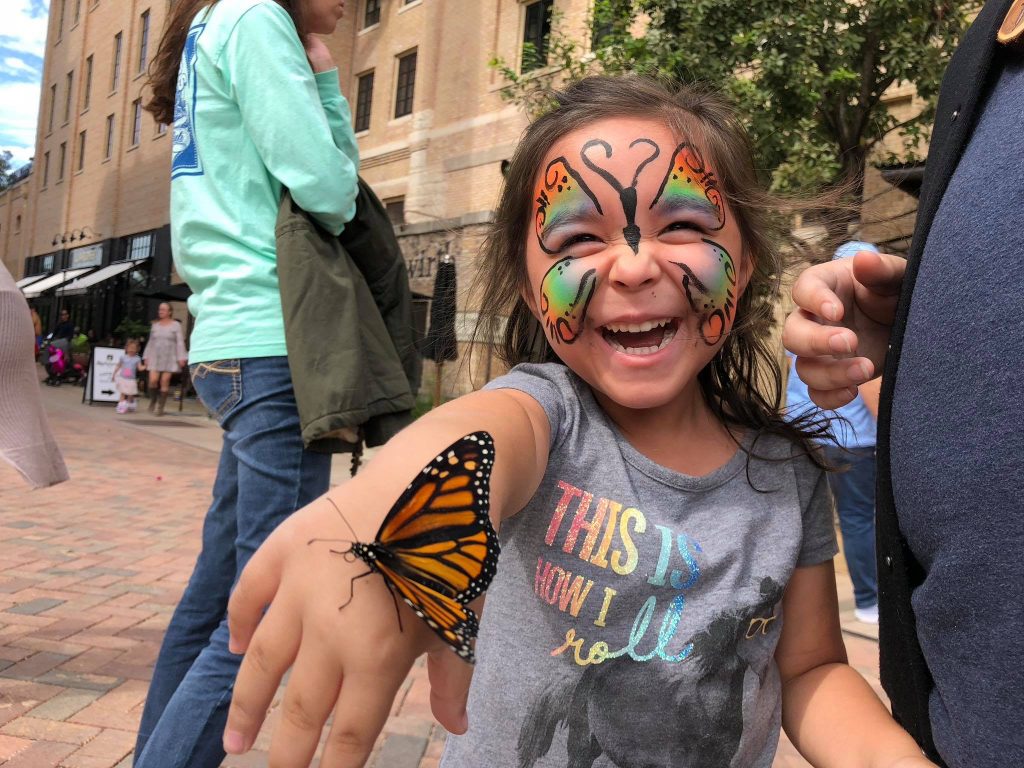
A child engages with a monarch butterfly at San Antonio’s 2018 Monarch Butterfly and Pollinator Festival. Photo by Drake White
The Festival’s mission is to raise awareness and appreciation of insect pollinators and other wildlife that make one of every three bites of our food possible. It takes place during peak monarch migration season in the nation’s first Monarch Butterfly Champion City, so declared by the National Wildlife Federation in 2015. Late October typically includes the passage of millions of monarch butterflies through the Texas Funnel on their epic journey south to the Mexican mountains where they roost for the winter.
Festival week kicks off with three educational forums on Saturday, October 12. Teacher training–in English and Spanish–and pollinator gardening will be the topics. A FREE screening of the documentary Flight of the Butterflies will be shown at Yanaguana Gardens in Hemisfair. A second documentary, The Bat Man of Mexico, featuring world renowned conservationist and bat expert Rodrigo Medellín of Mexico, will take place at the University of Texas at San Antonio’S main campus and at the Universidad Nacional Autonoma de Mexico (UNAM) in Hemisfair. Those interested can view the one-hour documentary on Wednesday evening, before having an opportunity to meet Medellín in person when he joins a panel discussion on Friday and appears at Confluence Park on Saturday.
On Friday, the Pearl Stable hosts Butterflies without Borders: migration and immigration in our changing climate.
The timely discussion will feature monarch butterfly expert and James Smithson fellow Dara Satterfield, PhD, National Public Radio border correspondent John Burnett, and Rodrigo Medellín, the “Bat Man of Mexico.” Rivard Report environmental journalist Brendan Gibbons will moderate.
Tickets and more information on the Forum available here.
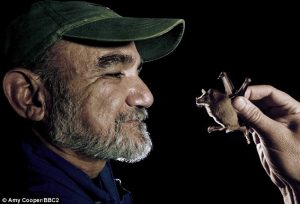
Rodrigo Medellín, the Bat Man of Mexico, will be at Confluence Park on October 19.
On Saturday, Rodrigo Medellín, the subject of the BBC documentary screened around town on Wednesday and narrated by David Attenborough, will present on bats and their role in making our food and drink possible at Confluence Park. Food and beverage experts Elizabeth Johnson of Pharm Table and Houston Eaves of the Esquire Tavern will explain how agave, which bats pollinate, make some of our favorite drinkables and edibles possible.
Tickets and more information available here.
The actual Festival takes place on Sunday. Festivities begin at 10 AM with a People for Pollinators Parade. Festival goers are encouraged to “get their wings on” for an informal, organic procession through the Pearl, accompanied by a drum line.
Hundreds of monarch butterflies will be tagged and released by trained docents offering educational demos throughout the day. At noon, the world premiere of The Waggle Dance, choreographed and performed by Mauricio Garcia, will enlighten Festival goers about how honey bees communicate through a special dance. More than 20 educational partners will offer engaging activities for families at the Pearl throughout the day.
The Festival and most events throughout the week are FREE and open to the public. Festival schedule here.
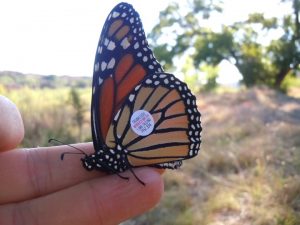
Learn how to tag a monarch butterfly (and why) at the Monarch Butterfly and Pollinator Festival.
For those unaware, millions of monarch butterflies leave the Mexican mountains each spring and head north in a unique multigeneration migration. Taking their cues from the sun, they rouse themselves from a semi-hibernative state, mate and head north in search of milkweed on which to lay their eggs. Then they die.
The eggs hatch into caterpillars and later morph into adult butterflies which produce subsequent generations over the summer. Those butterflies continue north, following the milkweed, all the way to southern Canada.
Each butterfly lives only about a month until autumn when a “super generation” of monarchs suspends reproduction to head south and migrate thousands of miles to the Mexican forest where they roost until spring and start the cycle anew. Each fall, the migrating monarchs pass through San Antonio in late October–just in time for the Monarch Butterfly and Pollinator Festival.
Each fall, millions of monarch butterflies move through the Texas Funnel on the way to their Mexican roosting sites. Graphic by Monarch Watch
Follow schedule updates on our Festival page.
Special thanks to The Pearl, HEB, San Antonio River Authority, the John and Florence Newman Foundation, the Winkler Family Foundation, and the Rivard Report for their support as Keystone Sponsors and making the fouth annual Festival possible.
Related posts:
- Three monarch butterflies tagged at 2018 Festival recovered in Mexico
- Five butterflies tagged at 2017 Festival recovered in Mexico
- San Antonio’s first Monarch Butterfly and Pollinator Festival a roaring success
- Border wall at National Butterfly Center violates property rights and worse
- Climate Change and the Monarch Butterfly Migration Symposium tackles tough questions
- McAllen becomes second NWF Monarch Butterfly Champion City
- Monarch Champion status not “just talk,” will change how San Antonio manages land
Like what you’re reading? Don’t miss a single post from the Texas Butterfly Ranch. Sign up for email delivery, like us on Facebook, or follow us on Twitter, @monikam.

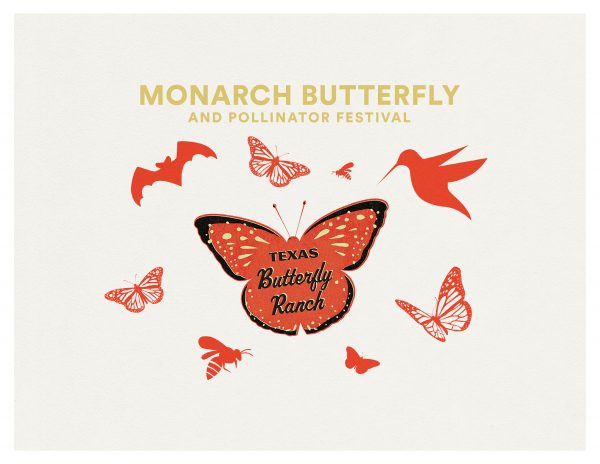

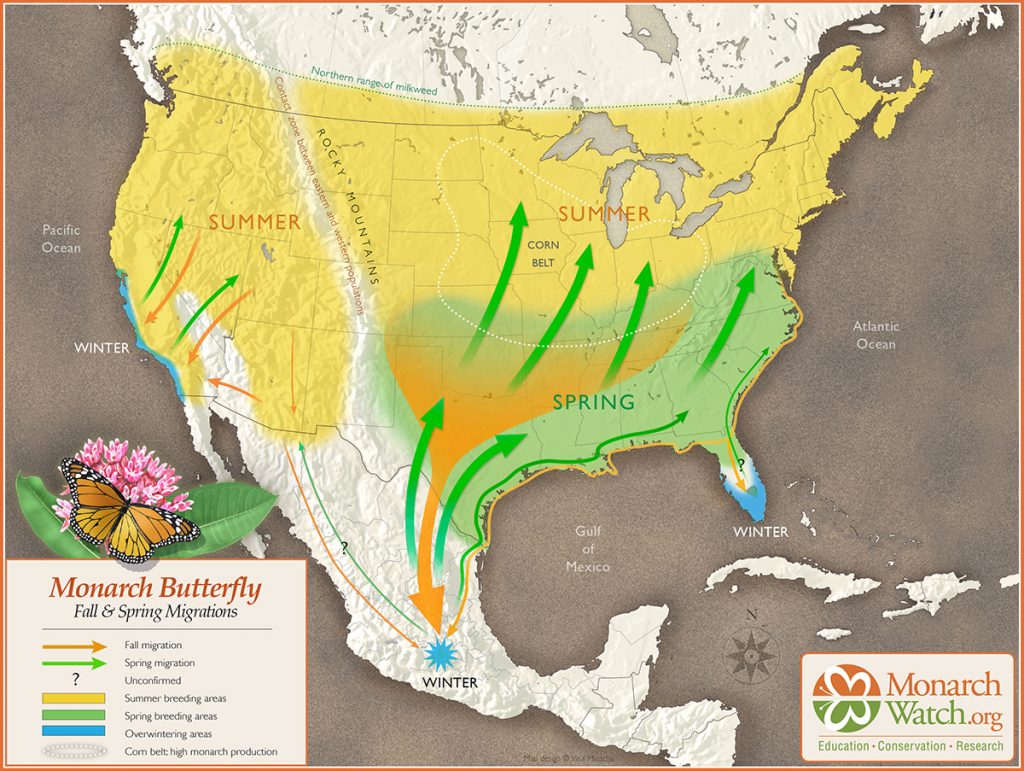
Excellent blog and festival! Lucky Texans!
Yes, we are lucky!
[…] Monarchs October 12-20 Monarch Butterfly and Pollinator Festival pollinator-festival […]
[…] October 12-20 Monarch Butterfly and Pollinator Festival pollinator-festival […]